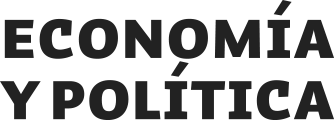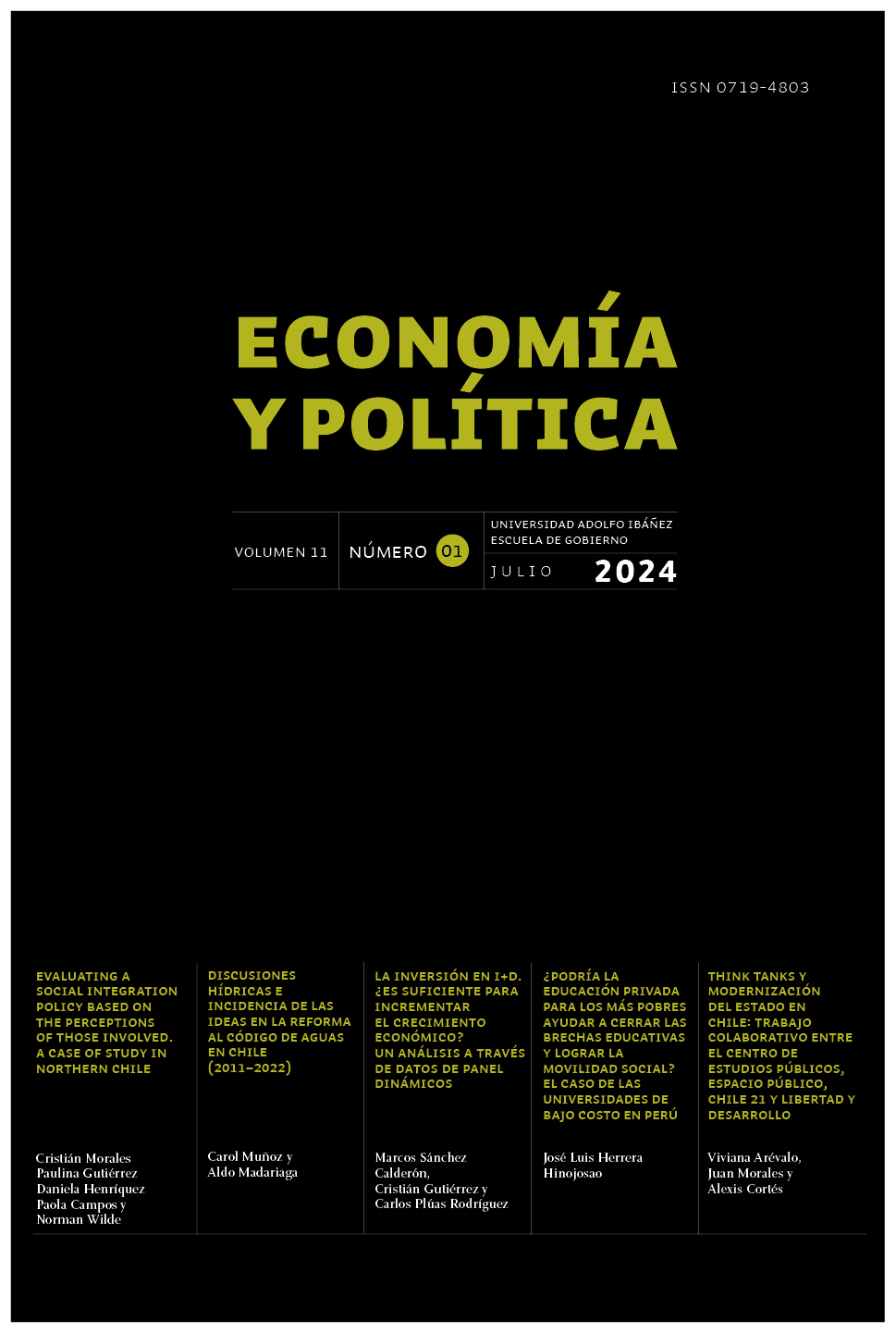Could Private Education for the Poorest Help Close Educational Gaps and Achieve Social Mobility? The Case of Low-cost Universities in Peru
DOI:
https://doi.org/10.15691/07194714.2024.004Keywords:
Low-cost private university, university education, social mobilityAbstract
This study focuses on the growing role played by low-cost private universities in Peru and their potential to help close educational gaps and generate social mobility. Based on human capital theory, it analyzes how education influences skill formation and graduates’ earnings. Subsequently, we examine the educational gaps in access and quality that exist at different levels of education and restrict the returns to education to certain individuals depending on their socioeconomic level, area of residence (rural or urban) and the type of management (private or public) of the educational institution. In turn, the panorama of private universities in Peru is investigated, taking into account the context of the university reform initiated in 2014, with the creation of the National Superintendence of University Education (SUNEDU), and a classification of universities is proposed based on variables such as type of management, institutional licensing and level of costs. A total of 32 low-cost private universities with current licenses were identified, as opposed to 48 institutions that ceased operations due to quality deficiencies. A first result of the analysis indicates that the low-cost universities with corporate management generate higher returns than their associative counterparts, and that, for both cases, the return of these is double that of the high-cost universities. Moreover, a disaggregated analysis shows that the four universities with the highest returns include two corporate universities in the first two places and two associative universities in the second and, when comparing the returns in relation to the highest within the high-cost universities, the low-cost universities of the corporate type preponderate. In relation to the closing of gaps, both types of low-cost universities have the potential to promote greater Access to education in lower-income sectors and to equalize the cognitive skills of Young people, as the regulatory body guarantees compliance with minimum conditions of quality and achievement of competencies in the graduate profiles, and contrasts with those that ceased activities for not achieving institutional licensing.


